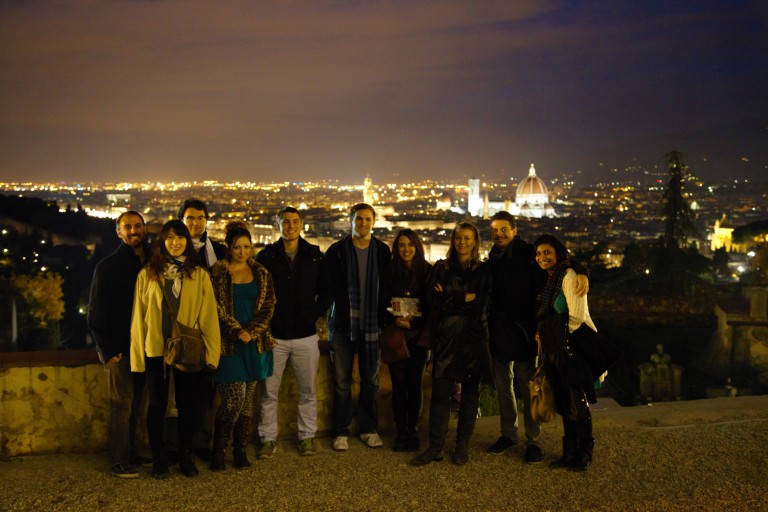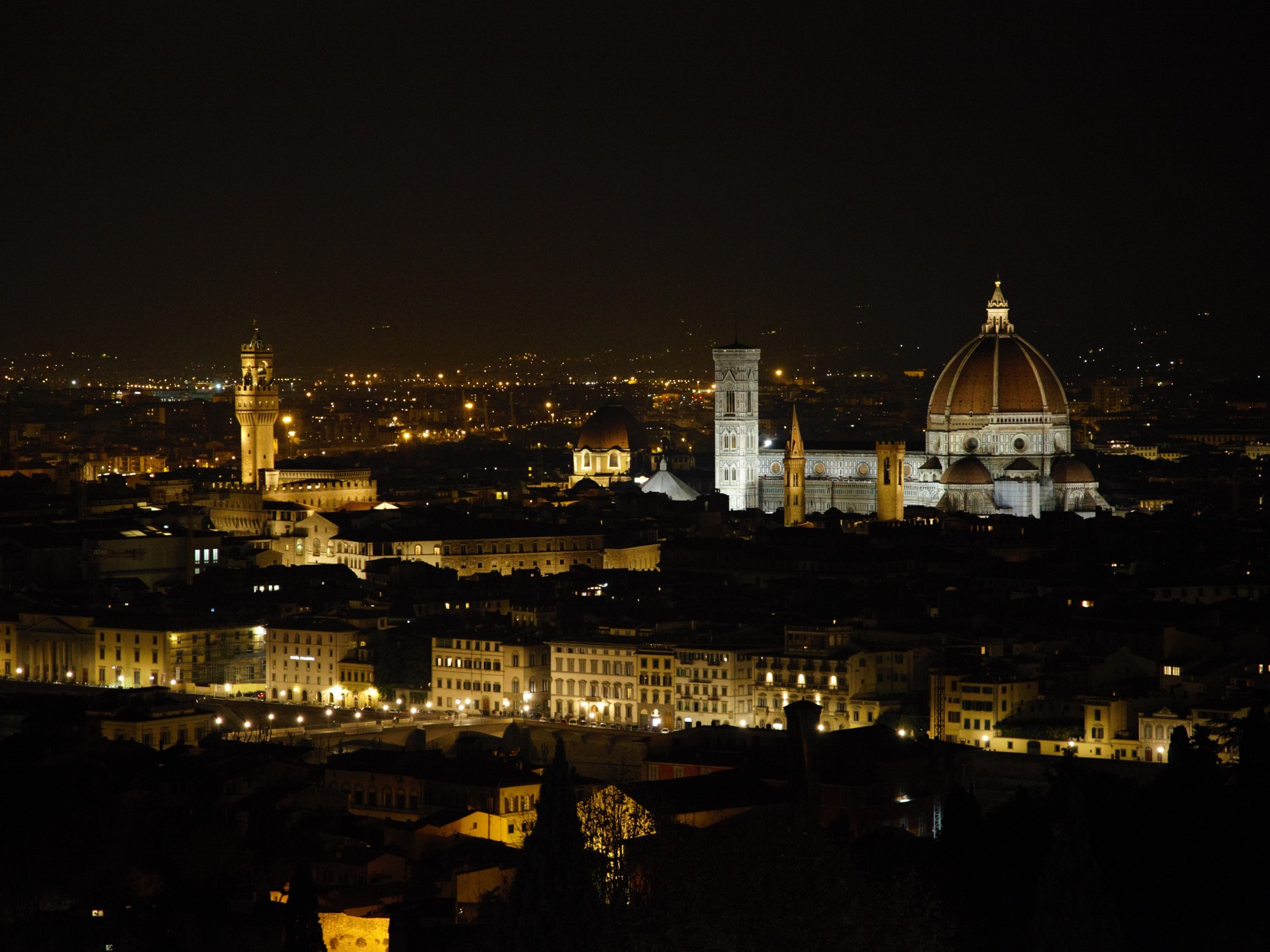
Media guru Doug Ramsey at the University of California, San Diego’s Qualcomm Institute branch of the California Institute of Telecommunication and Information Technology (calit2) compiled our field reports into a most excellent adventure synopsis covering the Fall 2013 field season in full. For the complete article, check out the School of Engineering’s coverage here.
Below are the two bits that cite/focus most succinctly on mine and Vid’s research and research goals on the project:
“Most people don’t realize that there are these archaeological layers beneath the cityscape they can see, and bringing these seemingly invisible parts of the city’s history to light changes and enhances the way people view the past as part of their cultural present,” added Ashley Richter. “These levels also need to be considered as part of the context of the popular monuments – as the literal and metaphorical foundations upon which the city was built, they not only have cultural meaning, but they strongly affect the conservation health of the monuments above them.”
“We extended our laser scanning, high-resolution imaging, and multispectral imaging survey to include other rooms not previously surveyed by CISA3 on the far side of Palazzo Vecchio,” noted Ph.D. student Vid Petrovic. “The main emphasis was on the Hall of Geographical Maps and surrounding spaces, where the central globe – the Mappus Mundi – is unreadable.” For Petrovic, the field expedition provided a one-on-a-kind living laboratory for the evaluation, application and refinement of rapid “big-data” visualization techniques, allowing billions of data points to be synthesized and visually explored on the fly, informing the work conducted by the highly interdisciplinary CISA3 team. By taking research from the lab into the “the wild,” CISA3 students gain important experience, going from theory to practice while working with domain experts solving real-world problems.”
In addition to the various news reports, I also wrote a piece on our field adventures which was published in the UCSD Anthropology Graduate Student Quarterly: The Dirt. Check it out: The Dirt-Fall 2013
